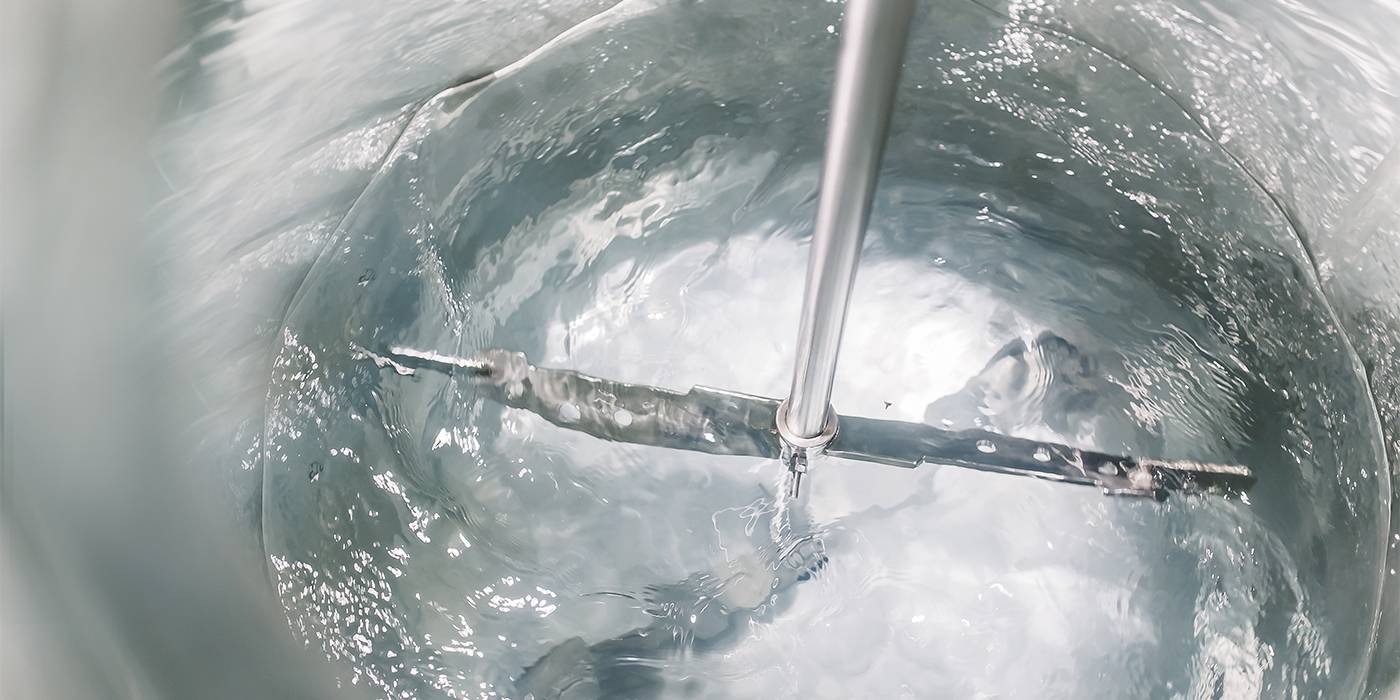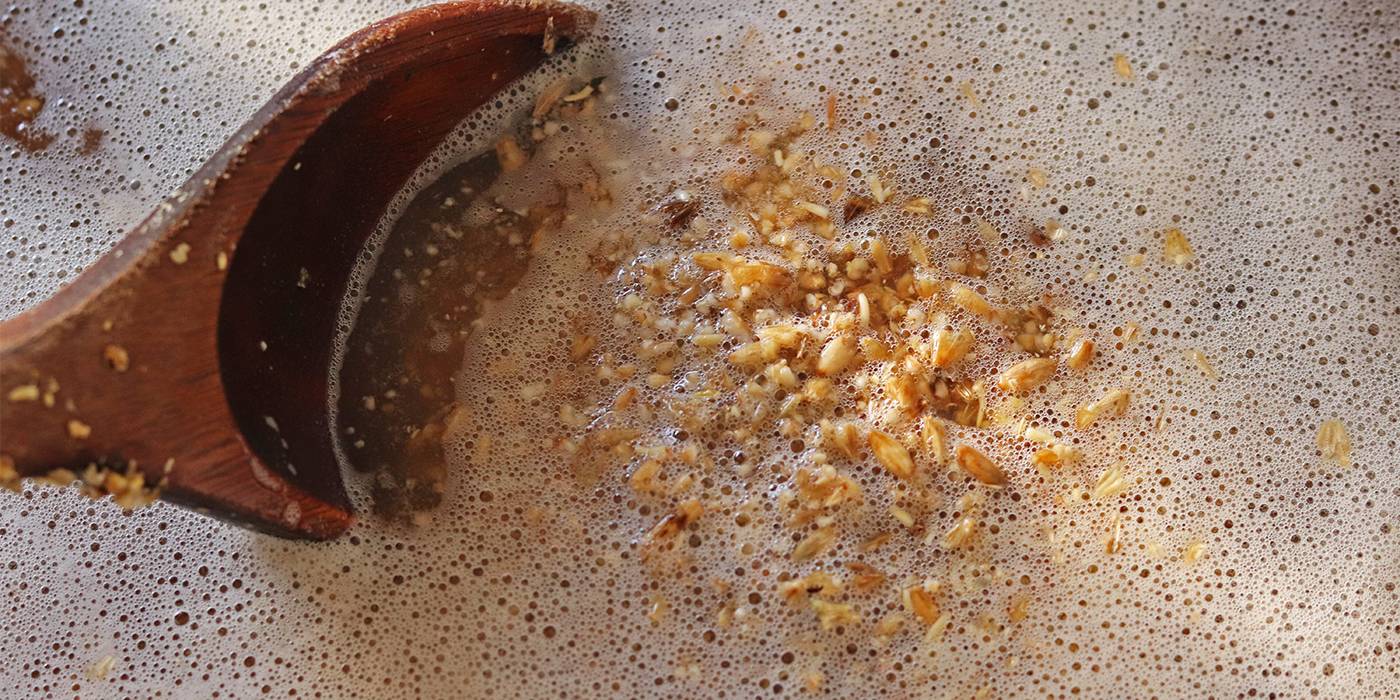Beer and water: An essential relationship
Beer is inconceivable without water. It’s an essential ingredient in its production, accounting for a large part of its composition.

Julio Cerezo - Beer Sommelier
Director of Sabeer Beer Academy
Regardless of the stage we are at in our journey of discovery into the brewing world, we often stop to think about how the different types of malts and their roasting, the selected hop and yeast varieties chosen to brew the beer affect the colour, fragrance and flavour that characterise it.
Regardless of the stage we are at in our journey of discovery into the brewing world, we often stop to think about how the different types of malts and their roasting, the selected hop and yeast varieties chosen to brew the beer affect the colour, fragrance and flavour that characterise it.
Nevertheless, and despite the fact that it is the biggest ingredient in beer, we hardly ever think about how the water affects the organoleptic qualities of beer. Perhaps this is because of the first definition we are taught in our early years at school about water, telling us that it is “colourless, odourless and tasteless”, meaning that we do not include this factor in the equation, when the truth is quite the opposite.
In order to value the role of water in the brewing process, we need to start off with the most obvious thing: beer is a drink, and therefore all its ingredients, at higher or lower proportions, are always dissolved in water, which accounts for at least 85% of the beverage and sometimes for over 90%.
So let's now deal with water in the real world, which is not as tasteless as we are taught at school, since each natural spring, river or reservoir where our water comes from has different mineral contents, depending on the composition of the land over which it has flowed to reach that point. The mineral content not only confers some flavour to water on the palate, but it also considerably affects each of the steps in the brewing process.
In fact, the mineral content of water has historically marked the sensory characteristics of different brewing styles, to such an extent that some beers can simply not be made in other parts of the world, whereas others can. Hence, the highly popular golden Pilsen from its namesake city in the Czech Republic due to the extremely soft water of its aquifers, among other factors. At the other end of the scale are the dark Porter and Stout beers that are brewed with the hard water of cities such as Dublin or London, whereas the IPAs are mainly brewed in the Burton Upon Trent region (England), where the water has a higher concentration of sulphates, making it ideal for these brews where hops play the starring role.

Apart from these more well-known styles, we can also find some beers that are particularly popular regionally, such as Gose brewed in the Leipzig region of Germany, where the saline water stands it out from other beers from around the world.
Although the local water was a decisive factor in the origins of several historical brewing styles, thanks to technological advances today we are able to brew practically any style of beer anywhere by adjusting the mineral content of the water to achieve the ideal concentrations for the recipe we want to make. This also means that cities long distances from each other are able to obtain the same results in terms of colour, bouquet and taste.

What do you think about?
Share comments, opinions and tricks with the Community







